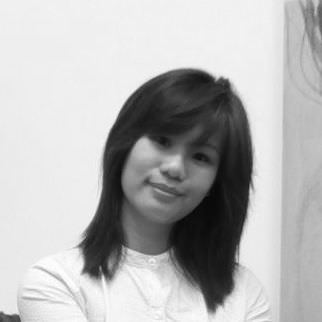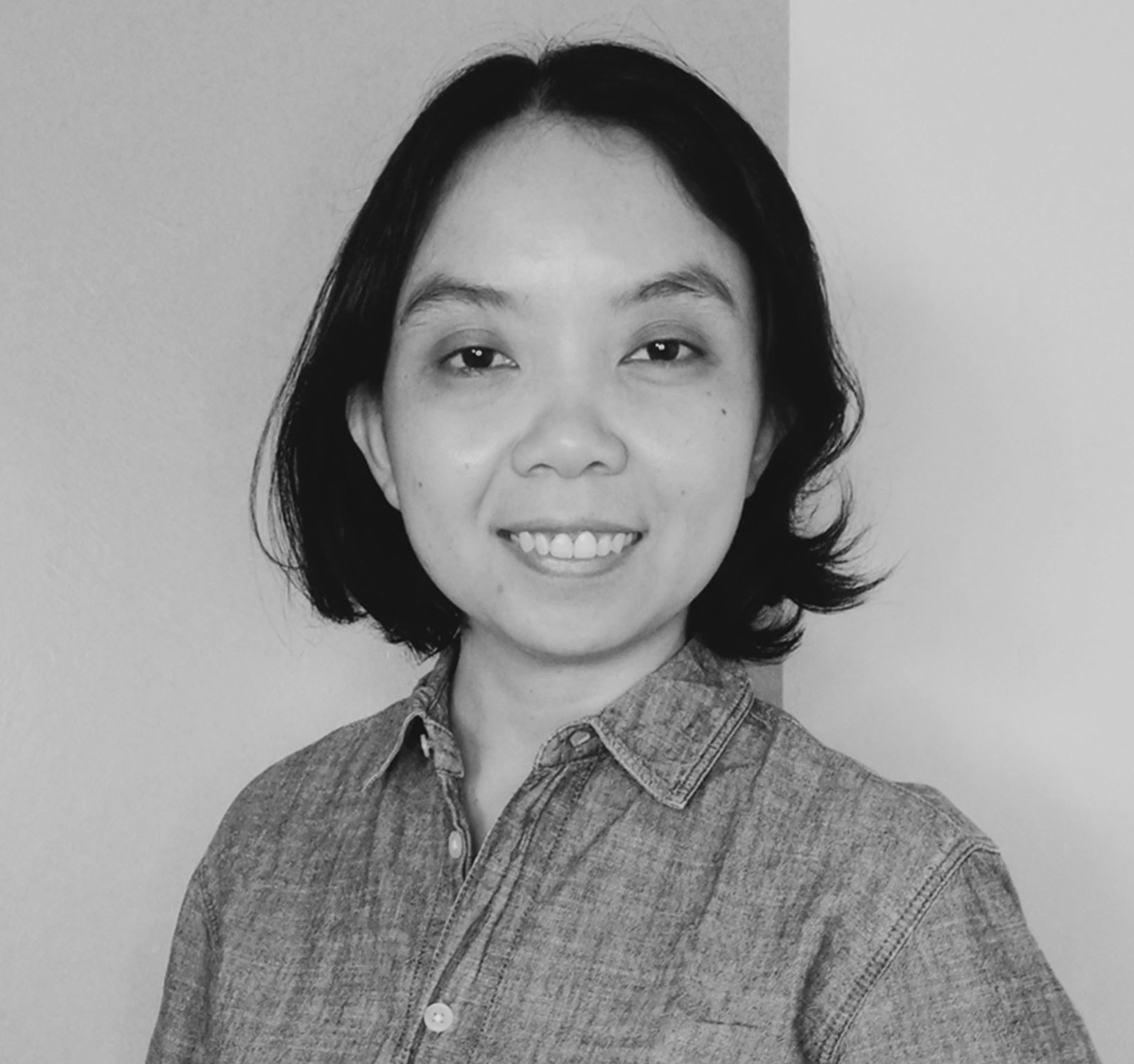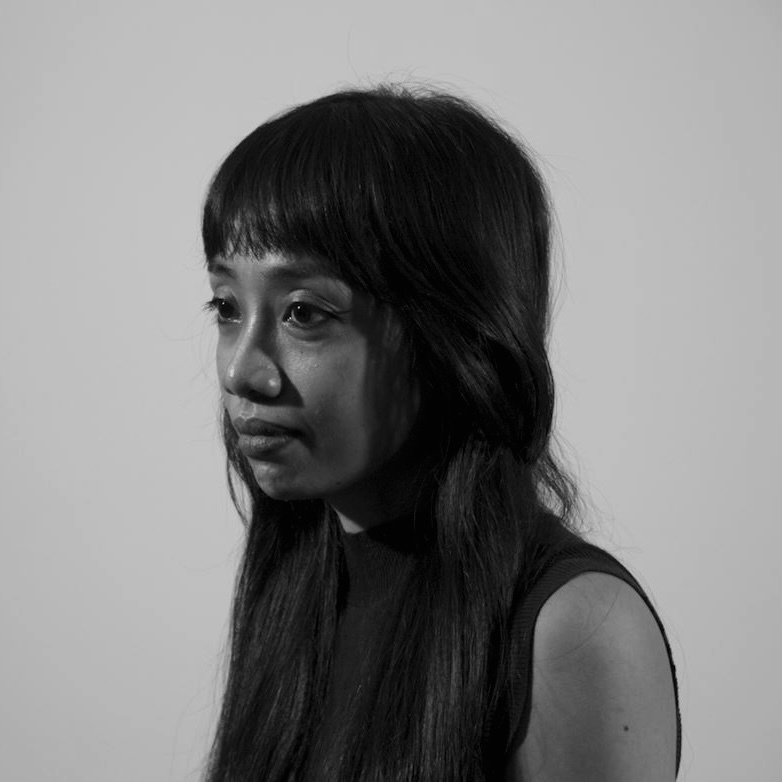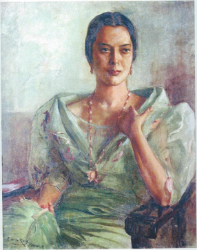Once upon a time, the visual arts world around these parts had TutoK. The art project most recently manifested itself as a booth at Art in the Park, but in the past it involved a circle of artists that included social realist Emmanuel “Manny” Garibay. He and his colleagues decided to move on to another art project, feeling that, according to a former colleague, things were moving too slowly.
I heard very little from that circle until they came up with Project Bakawan.
Coming as it does in a time where multi-arts festivals are becoming “cool,” Project Bakawan takes up that circle’s penchant for art as social conscience. It aims, ostensibly, to translate it into a call for action on issues affecting climate change. For me, its biggest achievement was to repurpose the old UP (University of the Philippines) Stud Farm into what I hope would be the first arts-based community center in Quezon City. For now, though, I will talk about the festival’s flagship exhibition at the Vargas Museum, which I managed to catch in its closing weekend.
What struck me about Ethos Bathos Pathos is how, in many ways, this show attempts to prove that art does have a purpose that exceeds mere aesthetic expression.Laid out over the ground floor of the museum, the space is divided into three sections. One section is filled with installations by experimental musician Jonas Baes and visual artist Junyee, whose last work for Vargas was a substantial public art project located on the museum grounds. My impression of his installation, Dinaananwas that it aimed to engage the visitor in the process of artmaking as, literally, leaving a mark. The title suggests that, in referring to the vernacular term for leaving a trail, people who heed Junyee’s call to take up paper and crayon and draw/write/do anything are helping leave a trail of memories, expressions, and thoughts. The work suggests that creativity is the first sign of empowerment.
It is the struggle for creative adaptation, expression, and experimentation that drives Project Bakawan, and this is what the second section highlights. On a quiet Saturday morning, I could see what artifacts there were from a month’s worth of activities. There were books one could, conceivably, take up and read, and I suppose the goal was for visitors to leave books for others to look at. One huge sign indicated that visitors could access an online archive that, like the books, worked roughly on the same principle. Two people were sitting across a table filled with computers and other gear, which was meant to be used for a pirate radio broadcast. Judging from the blatantly anarchic overtones of this section, there was an attempt to highlight how in a capitalist society where everything was meant for sale, it was possible to manifest the ultimate resistance in the free sharing of information. This could be done, of course, by creative subversion. Subversion is empowerment because it changes the way one sees the world.
The most striking part was the most conventional work of this show. Tommy Hafalla’s black and white photos of the indigenous people of the Cordilleras in northern Luzon had this interesting beauty in highlighting detail—there were glimpses of a way of life coming face-to-face with modernity that were captured in the mundane. There was the gathering for celebration at a community dap-ay and the rituals of the harvest. The distance both of time and culture was meant to spur reflection upon how we value the wisdom of those who came before us. For me, this was the work that, as icons were meant to do, spur reflection—even contemplation. Perhaps that really could be the key to empowerment.
It was refreshing to see that one of the books for browsing was by Gustavo Gutierrez, one of the pioneers of Latin American liberation theology. One of my mentors, an Anglican priest, told me that for Gutierrez, the first act of liberation theology had largely to do with contemplation. It was unsurprising too, given that Gutierrez was a Dominican, and the order believed in reflecting upon what one has received in order to pass it on to others. Contemplation leads to action, to praxis. And then the cycle continues, from creativity to subversion to contemplation.
At this point, I want to reflect on such multi-arts festivals as Project Bakawan and their presuppositions. It is, I suspect, not coincidental that Bakawan happened at the same time as Fringe Manila, the first installment of a global multi-art phenomenon that started because newer theater groups were being shut out of established theaters. Each reflected different understandings of art and creativity, with Fringe emphasizing providing a space and a diversity of choices. These recent festivals are reminders that our postmodern condition tolerates having different underlying ideological views in the same creative sphere.In fact, when a friend from UP Diliman learned about who was playing at a “unity concert” held a couple of weeks before I visited the show, she told me that some of the line-up felt like a protest rally outside the nearby Palma Hall. But there is something to be said for a contrast that fails to give us space to reflect and, hopefully, offer across-the-board critique.
Hafalla’s portraits, with their call to stand still, reminded me of my favorite moment of Project Bakawan, when Ebe Dancel went up to sing after a string of angry protest singers. He began with “Bawat Daan,” a song he composed for a musical that Fringe Manila’s organizers staged two years back. Perhaps this unintentionally irenic act served as a reminder that, at some point, our tolerance for difference was lost in the anger which contemplation could end, no matter how “righteous” that anger could be.





